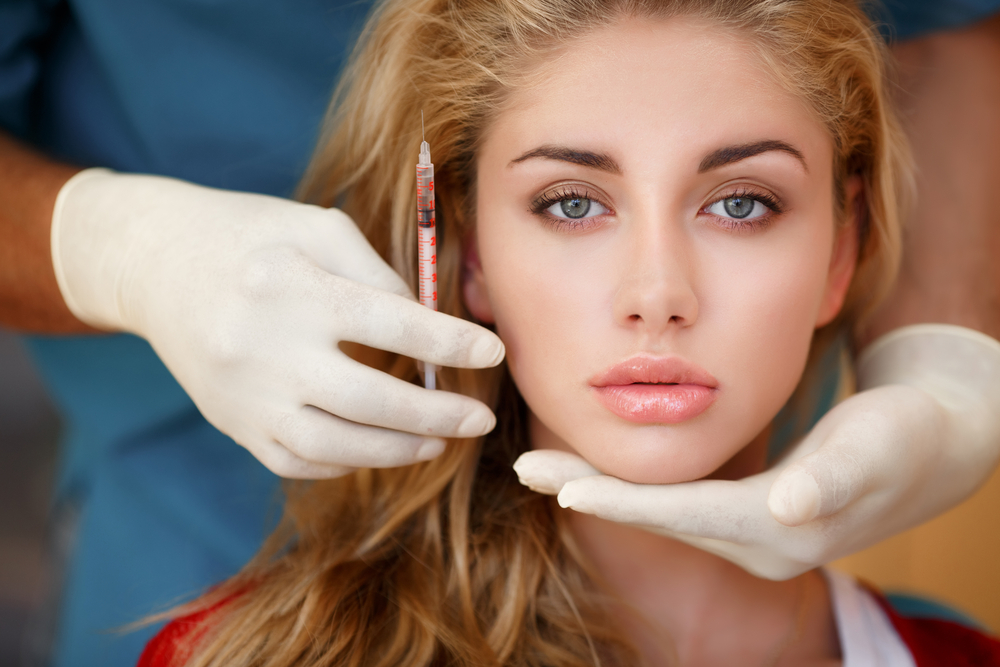When you hear the word Botox, cosmetic surgery and wrinkle reduction usually comes to mind. Although considered an alternative to plastic surgery to reduce or remove wrinkles, it is also a medically prescribed treatment for various physical symptoms, chronic muscular conditions and migraine headaches.
Made from the neurotoxin, botulinum toxin, it sounds quite intimidating, even frightening. Not to worry though, the quantities used are very small and well placed so that they only affect the areas targeted, that is as long as your injections are administered by a well trained and licensed provider. Botox comes in a powder form which is then mixed with saline,which is called reconstitution, in order that it can then be administered as an injection. After the reconstituted solution is injected, the muscle at the injection site becomes paralyzed, relaxes, and stops contracting. The drug is most often used to diminish frown lines, crow’s feet, and forehead lines. The effects of Botox injections are usually visible within a few days, with a dramatic improvement occurring after one to two weeks.
While it originates from the same toxin that causes botulism (food-poisoning), it is also used to treat a variety of medical conditions including:
Uncontrollable blinking
Misaligned eyes or “cross eye”
Cervical dystonia
Achalasia
Muscle spasm/ contracture
Excessive sweating or hyperhidrosis
Migraine headaches
Bladder spasm (Samadi, 2016, para. 3)
1. Is it safe?:Simply stated, yes. The FDA approved the drug in 1989 as a treatment to make frown lines less noticeable, however, it was not approved for other cosmetic purposes until over a decade later in 2002. These injections have grown at a rapid rate and millions of patients are injected with Botox every year and a very high percentage are satisfied with their results.
2. Are injections painful?:Although some patients may experience a temporary needle prick, injections are almost painless. The needles are thin and only a small amount of fluid is injected into each area so the patient may feel a slight pinching sensation, but that is about it. Depending upon the individual, some require more injections than others. Most people do not report any adverse reactions.
3. What are the side-effects?:Common side-effects include soreness/bruising at the injection area, symptoms similar to the flu, and sometimes dry or teary eyes.
In the unlikely event the toxin spreads to other areas or if if you have difficulty seeing, speaking, breathing, or experience urinary incontinence contact a health professional immediately . If you are an expectant mother or breastfeeding, receiving injections is not advised.
4. Only women get Botox cosmetic injections, right?:Not really.These days men are also concerned with their looks and prefer to age gracefully, just as their female counterparts do. “Brotox”, the funny name that Botox for men is often called, is quickly rising in popularity. During the past decade, Botox injections for men have skyrocketed at an impressive rate of 337 percent, with over 400,000 males receiving the treatments in the United States in the year 2014 alone.
5. I’ve heard that wrinkles worsen after stopping treatments. Is that true?:Although most Botox cosmetic injections are administered every 12-16 weeks to maintain smoother looking skin, stopping treatment will not cause wrinkles or fine lines to worsen. Unfortunately, Botox is not permanent. Once the relaxing effects of the drug subside, the development of wrinkles resumes as normal. When Botox treatment is discontinued, patients gradually return to the same condition they were in prior to use.

